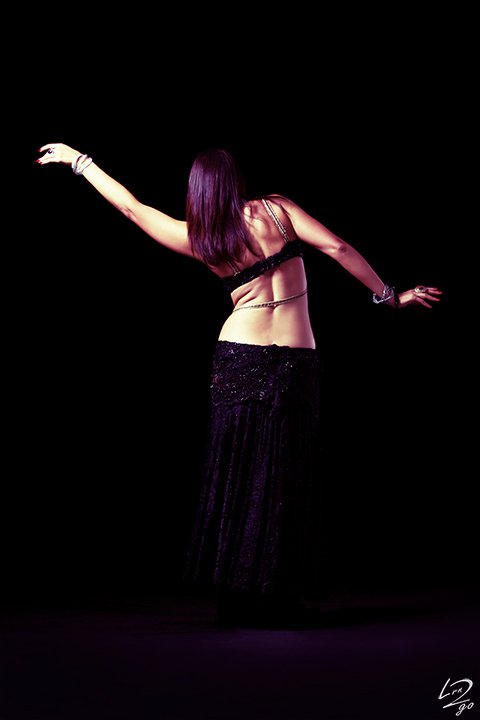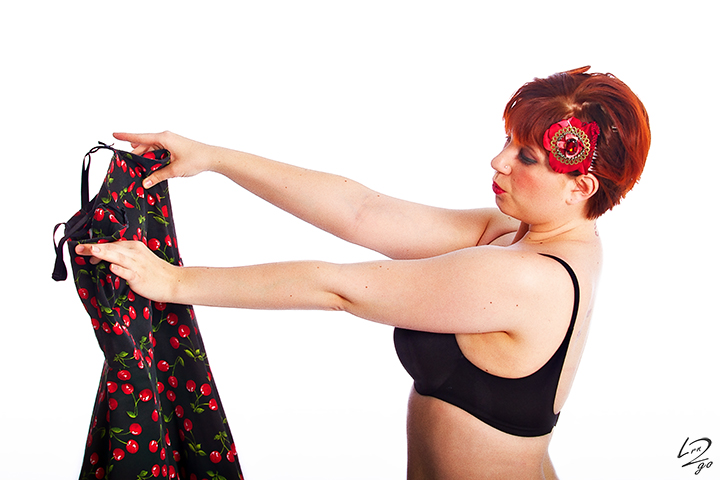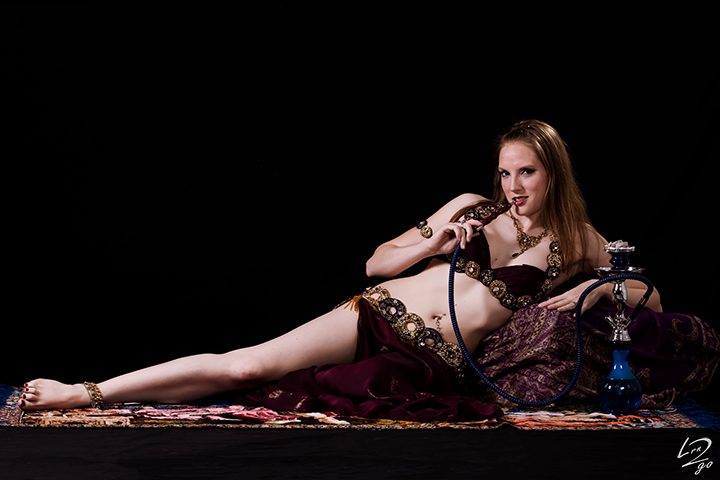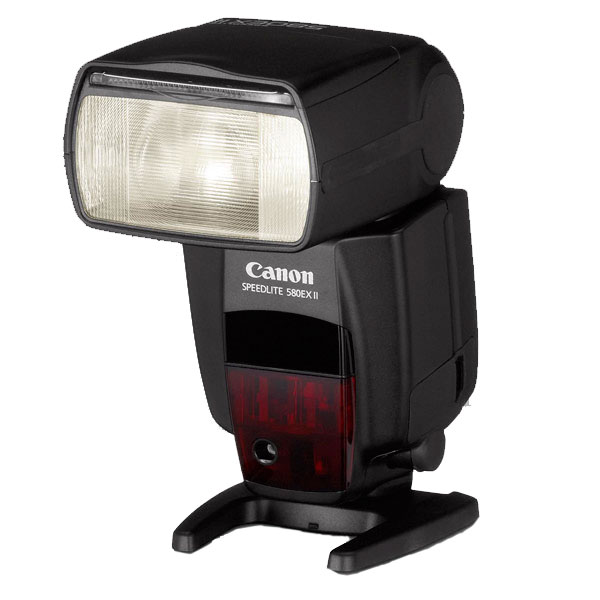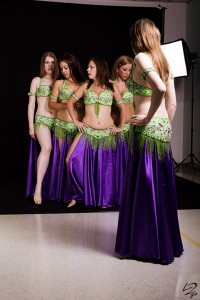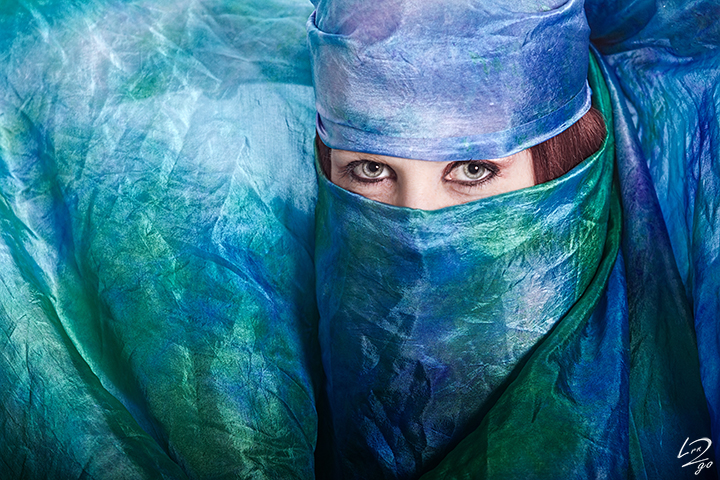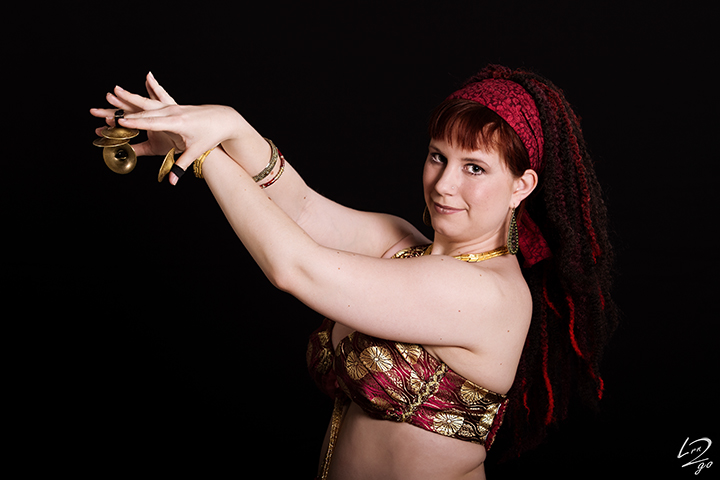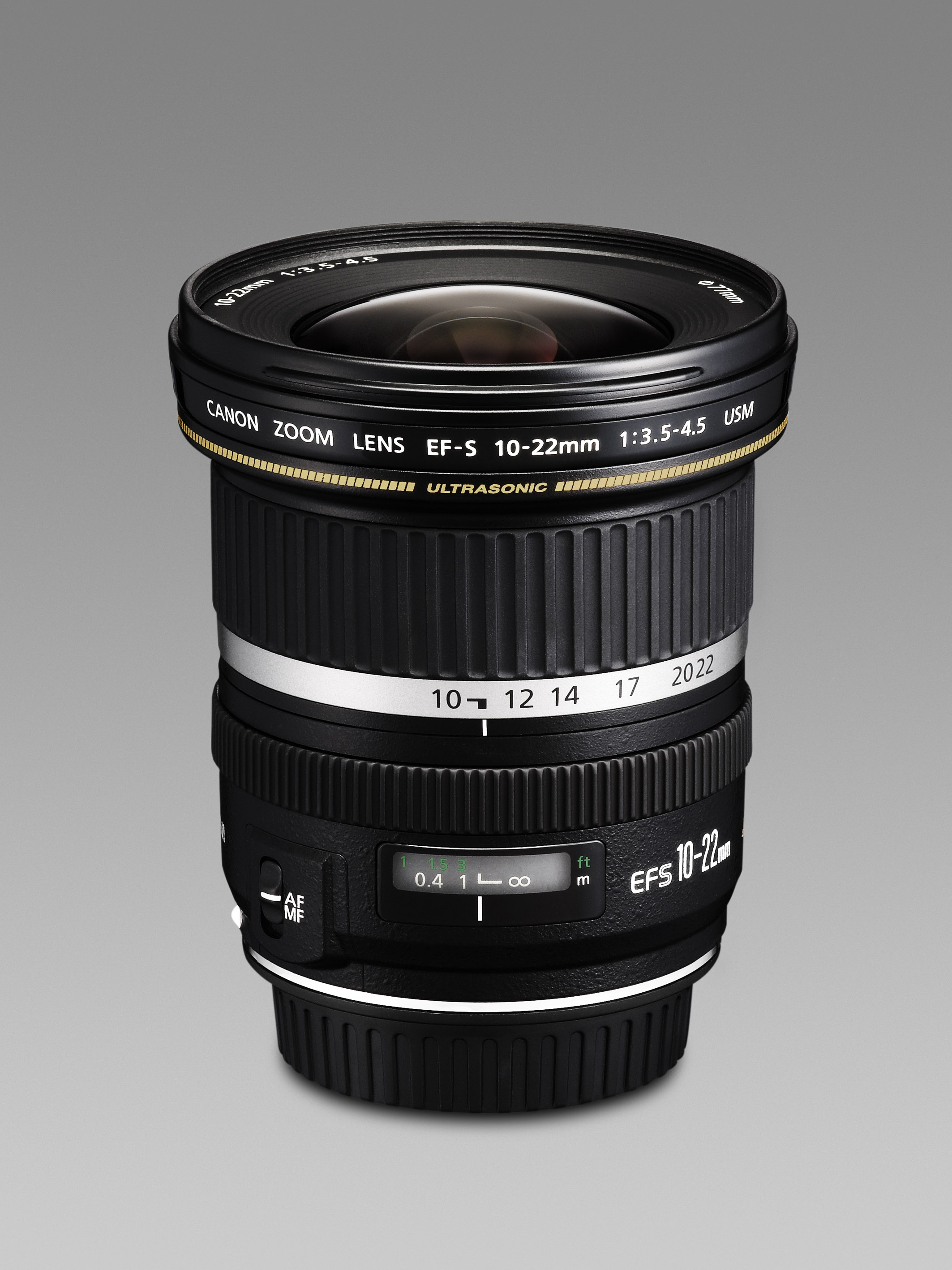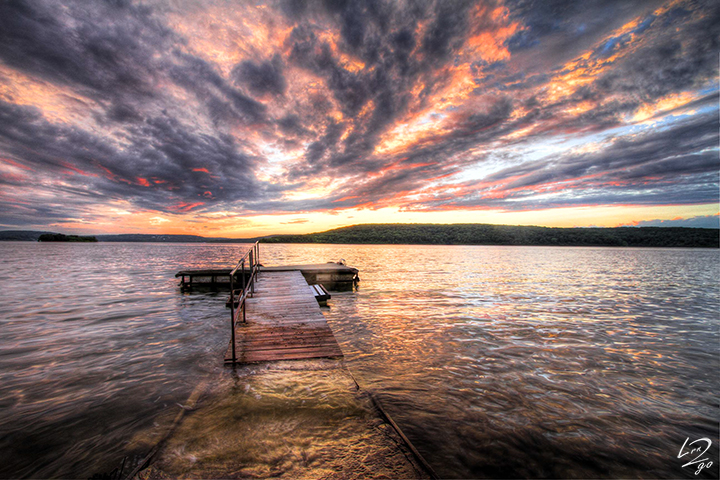
Stock Photo of a Sekonic L-358
First… what is this thing? Chance are you probably know, otherwise you’d not be reading this review. However, just in case… a light meter does just that. It meters light. Without diving too deep into things that even go beyond my understanding, the basic use of this device is to “sample” the light in the scene (outside, inside, strobes, hot lights, etc) and give you a reading to help you determine “optimal” exposure for a given set of values (such as film or digital ISO, shutter speed, and/or F-stop you wish to use).
Anyway… I hear many people say they are happy with the built in camera exposure metering, or that they use their digital display screens on the camera to review a picture and make adjustments… using those “reasons” to justify why they don’t go spending hundreds of dollars on a standalone light meter. However, the camera’s built in metering won’t meter flash, and the review screens are tiny and not always as trusty as you would think they should be! To be frank, the price of a standalone meter is a little painful. I purchased this meter from B&H, which has a pretty great reputation for having competitive prices for photography equipment, and this particular light meter runs about $280 or so. My recommendation and solution? Get a light meter. Better yet… get this light meter. Here’s a couple of lists to give you a rundown on why I think so…
What’s hot:
- Learning curve seems daunting when you pick it up, but is surprisingly easy to grasp within minutes.
- Weather sealed. (Us it when the weather is less than ideal… it’s okay!)
- Excellent price for the what you get.
- Flash metering, EV readings (Exposure value), and ambient light readings. (useful inside, outside, flash, % flash fill, and more)
- Comes with a lumisphere AND lumigrid.
- Comes with a carrying case and cord that can be used while in the case, or not.
- Back-lit LCD is easy to read in the dark and turns on when it automatically detects the light level being low.
- Has optional accessories to add later, including Spot attachments, a “mini” lumisphere (12mm), and a wireless transmitter for pocket-wizard integration.
- Can be used to meter flash either by waiting to “see” the flash trigger, or by triggering the flashes with a (not included) sync cable. (Or, like I mentioned above, if you have the optional pocket wizard remote you can use it all wireless)
What’s not:
- Battery is not “standard” (IE: AA, AAA, etc). You’ll have to hunt one down if it runs out. (I’ve heard they’re easy to find, however, but I’ve not had to look for one yet personally)
- Pocket wizard accessory isn’t standard.
- Great value, but $300ish bucks is still spendy.
- Feels kind of “plastic-y”
- No “real” pocket for the lumigrid when not in use (though while being stored, I can put it in the carrying case without too much worry).
Overall… I was daunted by the task of learning to use the meter when I first opened the manual but it was literally only about 5-10 minutes later that, thanks to the ingenious way everything is laid out and you can see how your changes effect everything else in real time, I felt very comfortable taking readings and understanding what the meter was telling me. My wife gave me some funny looks as I took readings by her, then in the kitchen, then by a window, then outside, then back inside by a ceiling light… I couldn’t help it! I was intrigued and facinated!
If you’re struggling with proper exposure using studio lights… wanting to check exposure for manual shots in any conditions (especially low light)… this unit is just too darn handy!
